People who follow my exploits (Hi Mom!) know I have been running this webpage for several years, and not too long after I first got elected as a City Councillor, I added an “Ask Pat” button to it. Through this, people can send me questions about the City, and I try my best to answer them. Recognizing that not everyone reads my Blog, I decided to take Ask Pat analogue a little while ago; hence the Lucy Booth.
(Credit where credit is due: Hayley Sinclair is convinced this was her idea, but I am pretty sure the original inspiration was JJ Lee’s “Sartorial Advice” booth from a few years ago, it just took me a long time to put this into action).
Having set this up in various places around town over the last few months, the response is pretty fun. However, last weekend’s Pride Street Fest was the most active booth location yet, with more than 100 questions being asked, most of them answerable, some even by me. Examples? (shortened in both question and answer for the sake of brevity)
Q: What is the long-term plan for the QtoQ Ferry?
A: We will see how the ridership on this year’s Pilot goes, and will work with senior partners to help close a funding gap. I hope we can continue to run it, because it is an important transportation link!
Q: Is the rental building at *00 block of *th street turning into Condos?
A: No. We do not permit the conversion of residential rental to condo in the City, and we would hear about it if that was happening.
Q: What is the smallest thing?
A: The Planck Length (*turns out I was only kinda right here, as is to be expected whenever anyone involves quantum physics).
Q: Is the City developing Glenbrook Ravine?
A: No. The Ravine is one of the few natural areas left in the city, and is an important park and habitat asset. A large part of it was preserved permanently as part of the Victoria Hill agreement. No-one has proposed buildings in the ravine to Council, and I cannot imagine Council ever agreeing to do this.
Q: (from a ~9 year old girl) Why does my big brother always bug me?
A: Probably because he is jealous of you! That’s why I bugged my big sister! But don’t worry, I grew out of it.
Q: Do you agree with a 10-lane pool?
A: Yes, and we are working on a grants to help pay for it and the increased deck space and other additions to the base plan for the CGP replacement that Hyack Swim Club asked for – Contact your MLA and MP to put in a good word for the pool, and help us secure those grants!
Q: What is going to happen with Marijuana Dispensaries in October?
A: The City will permit cannabis retail in a limited way as soon as the federal laws are in place, I suspect it will be limited to a few locations in the short term, and probably won’t arrive until Christmas at the earliest, mostly because of the complicated process we need to go through with Zoning and Business License regulations. It’s coming, and we are going to be ready.
Etc., etc.
Both serious and funny questions aside, there was one theme I heard a few times that was, frankly, the hardest question to answer:
Q: What are you doing about housing?
It is hard because I know any truthful answer I provide is not going to help. I can talk about the City investing in several affordable housing projects (it isn’t enough), about us working to bring in more purpose built rental (it is increasingly unaffordable), about our protecting the affordable rental we have by preventing demovictions (but are hand-tied somewhat when it comes to renovictions). I can say, honestly, we are doing all we can, and are doing arguably more than any other municipality in BC; but it is still not enough to fix the problem. We are advocating to senior governments for help, and it is starting to trickle in, but after 15+ years of inaction, it isn’t fast enough. This answer is hard, because I know the people asking me are scared and feel helpless, and I know my answers will not help them feel more secure. Empathy feels hollow when people are suffering, because it isn’t enough.
I’m working on a blog post right now that digs a little deeper into this topic.
Have questions? You can send them to Ask Pat, but recognize I am really busy these days with Campaign stuff, and it may take a while before you get an answer. It will be more immediate if you see a little red booth set up, and come and talk. If you ask a question, you may also get a button:

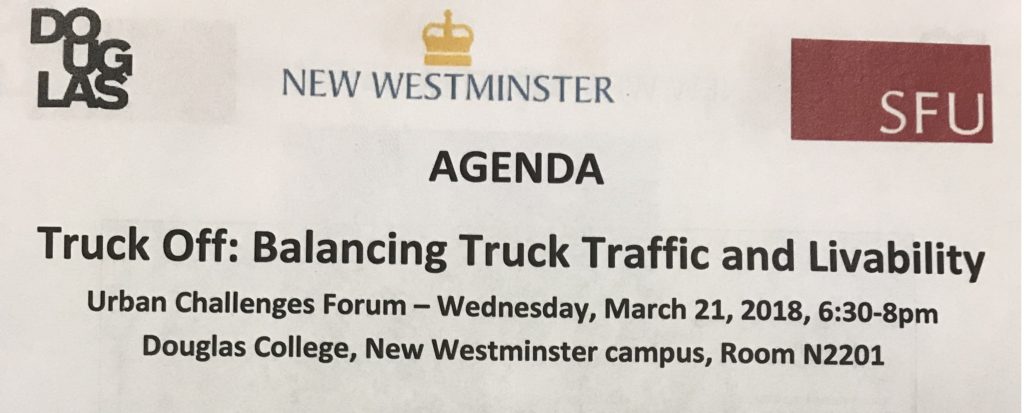
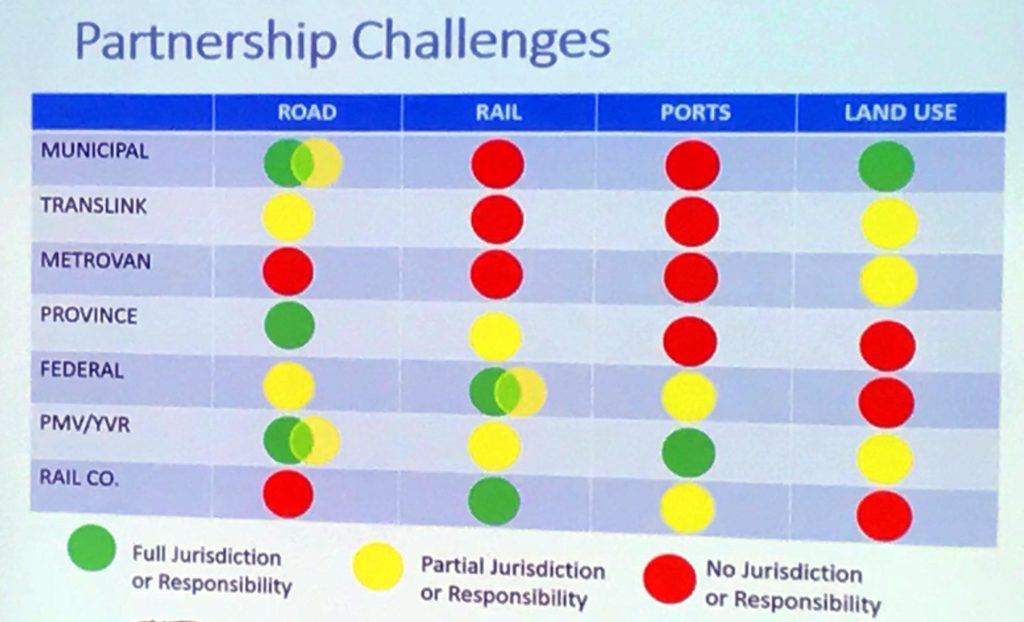
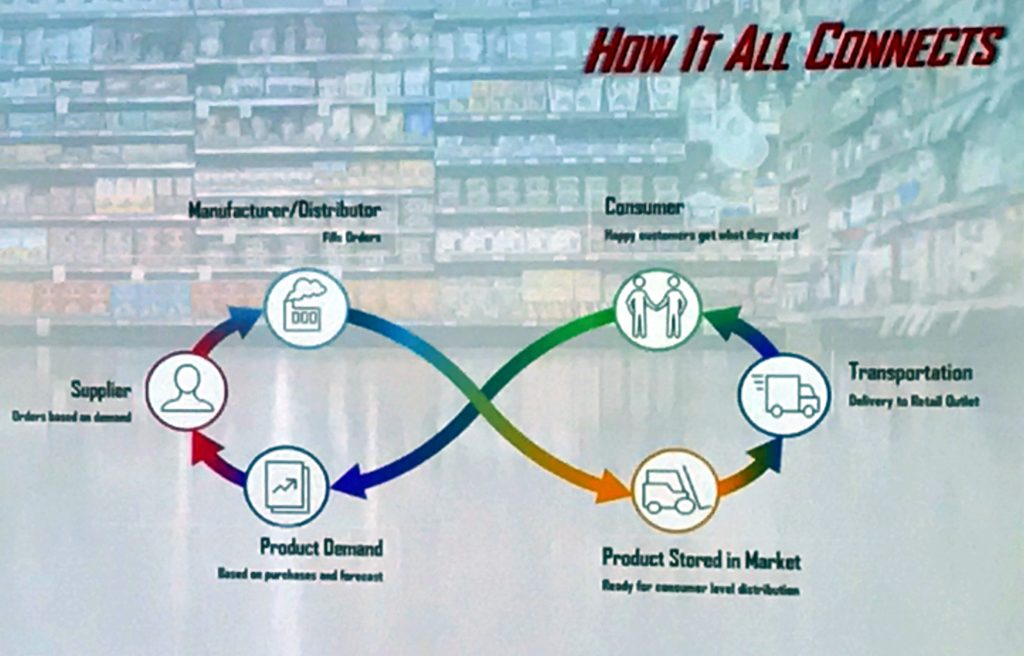
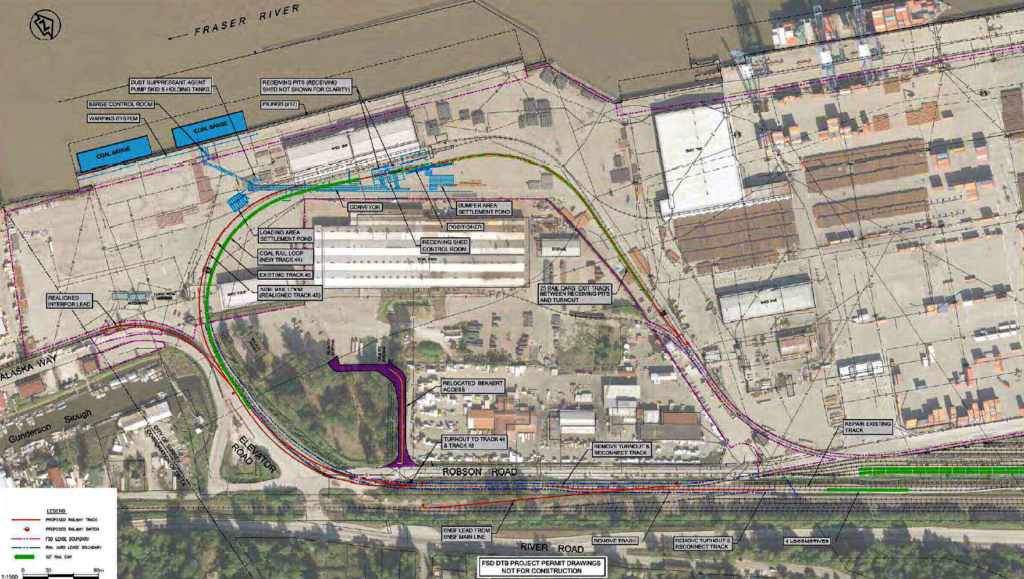

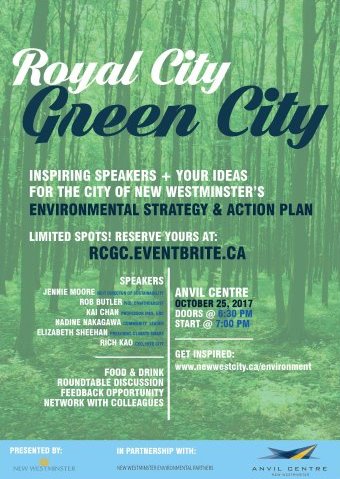
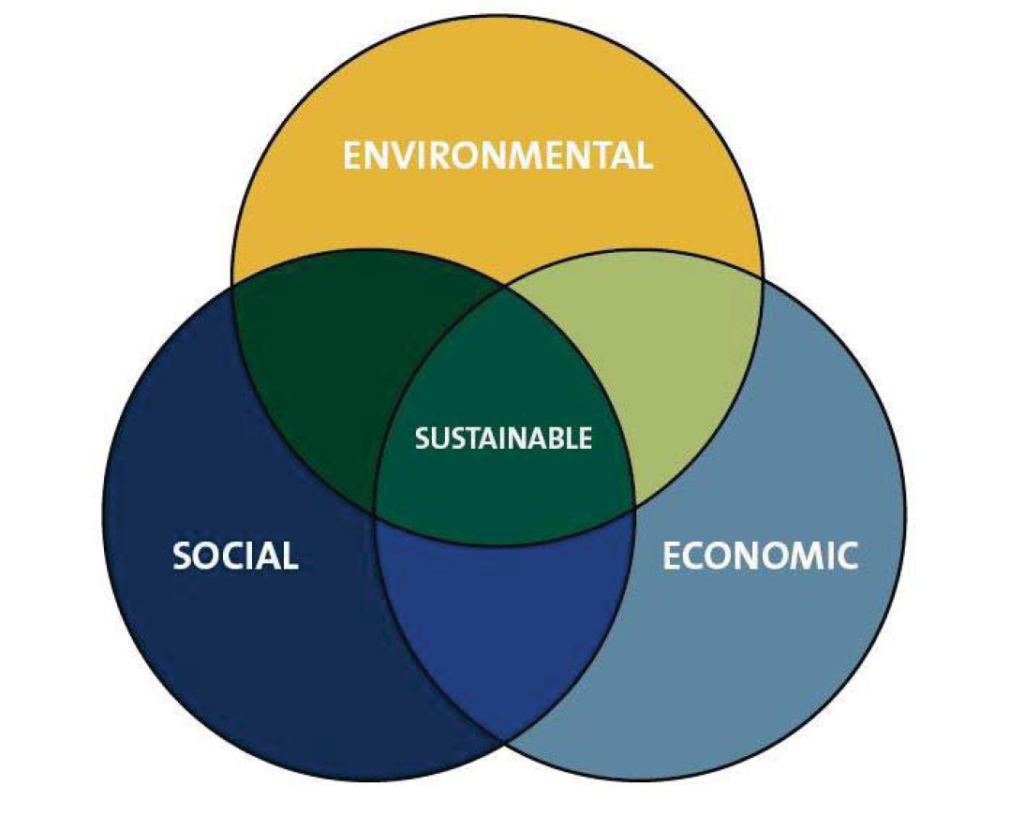
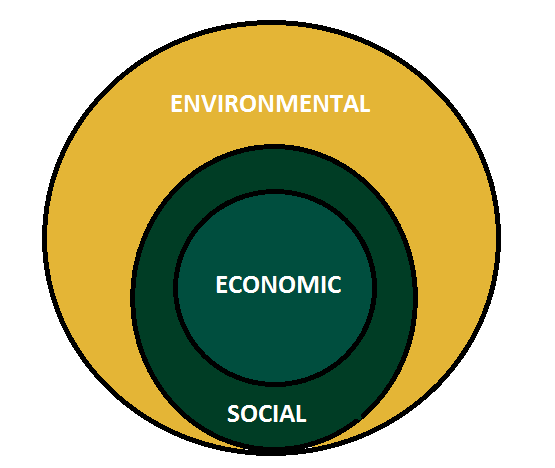 Actions, technologies, and organizations impact our economy, which in turn shape our society, which in turn impact the greater natural environment. When we shape policies, when we evaluate the worth of technology or price individual actions, we are using economic tools to adjust the shape of our society. If that re-shaping supports the protection of the natural environment in a way that doesn’t constrain future societies from access to natural resources, then we can call those actions “sustainable”.
Actions, technologies, and organizations impact our economy, which in turn shape our society, which in turn impact the greater natural environment. When we shape policies, when we evaluate the worth of technology or price individual actions, we are using economic tools to adjust the shape of our society. If that re-shaping supports the protection of the natural environment in a way that doesn’t constrain future societies from access to natural resources, then we can call those actions “sustainable”.


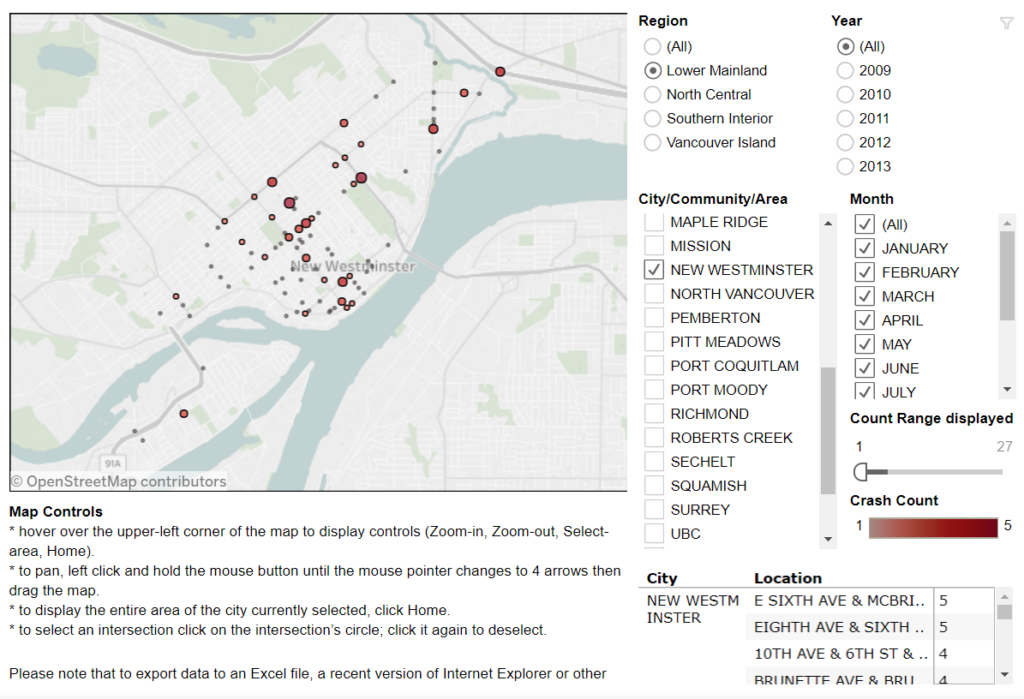
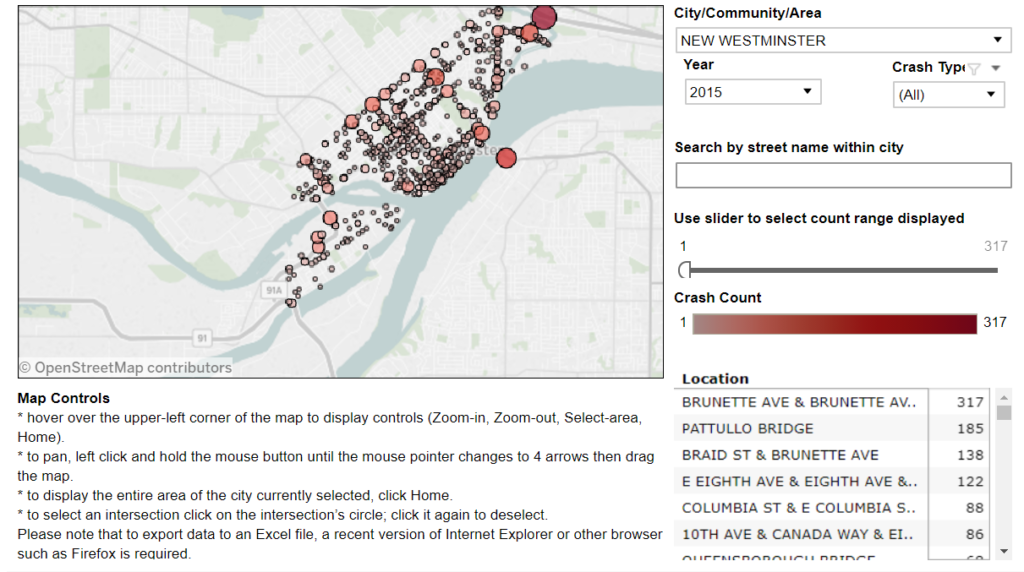
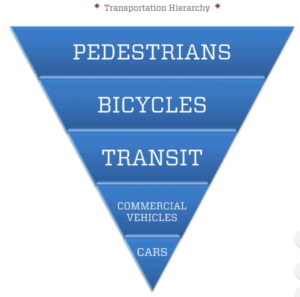
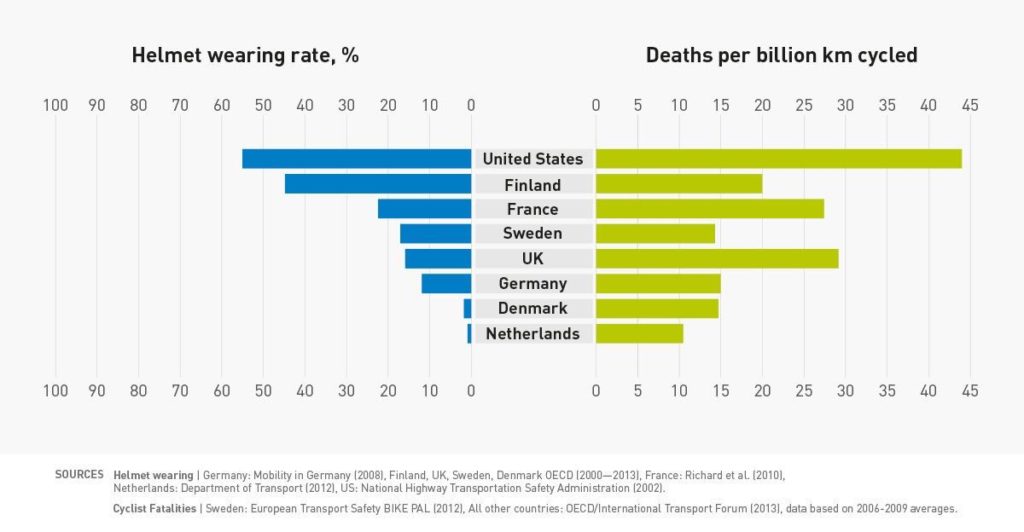 The Crosstown Greenway improvements are very small part of our transportation budget (less than 3% of this year’s budget for road improvements), and has numerous potential benefits to the community at large. As the City’s first foray into modern separated bikeway design, it may have a few kinks to work out, and it may take a bit of time for drivers to get their head around the new layout, but it is based on
The Crosstown Greenway improvements are very small part of our transportation budget (less than 3% of this year’s budget for road improvements), and has numerous potential benefits to the community at large. As the City’s first foray into modern separated bikeway design, it may have a few kinks to work out, and it may take a bit of time for drivers to get their head around the new layout, but it is based on 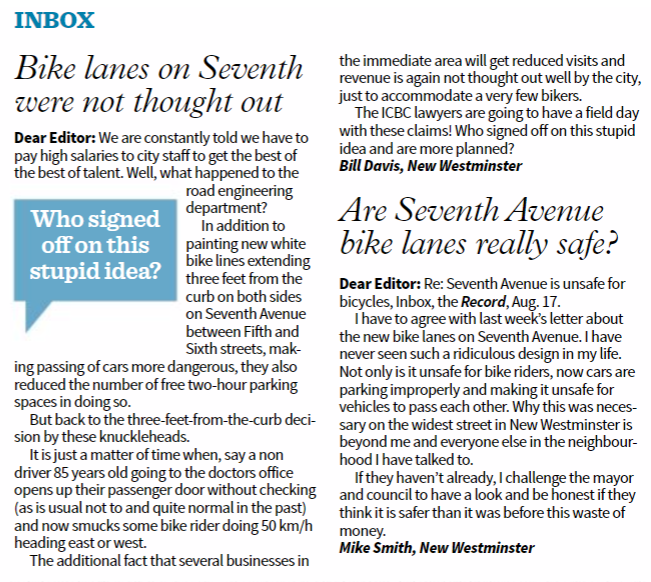
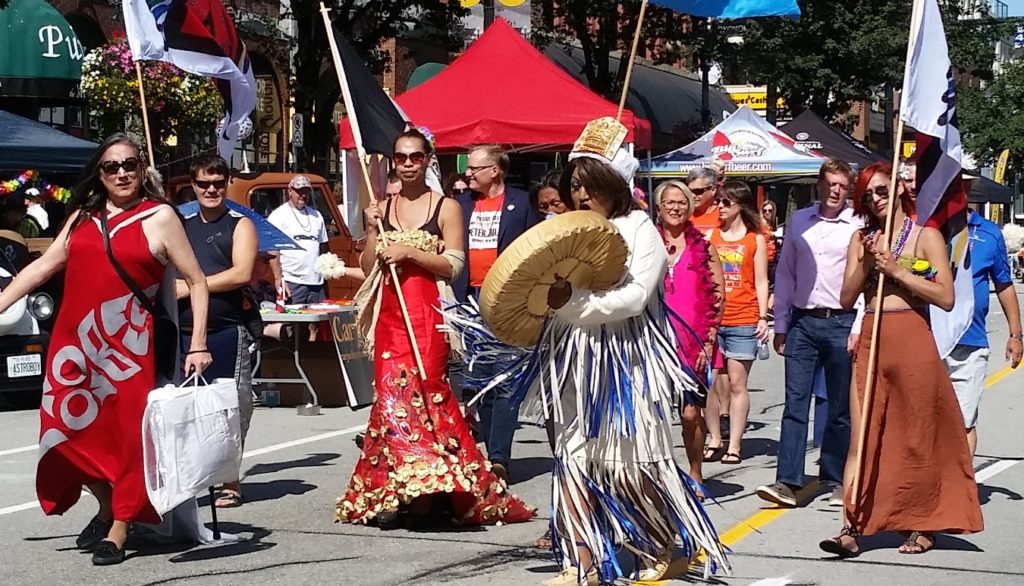
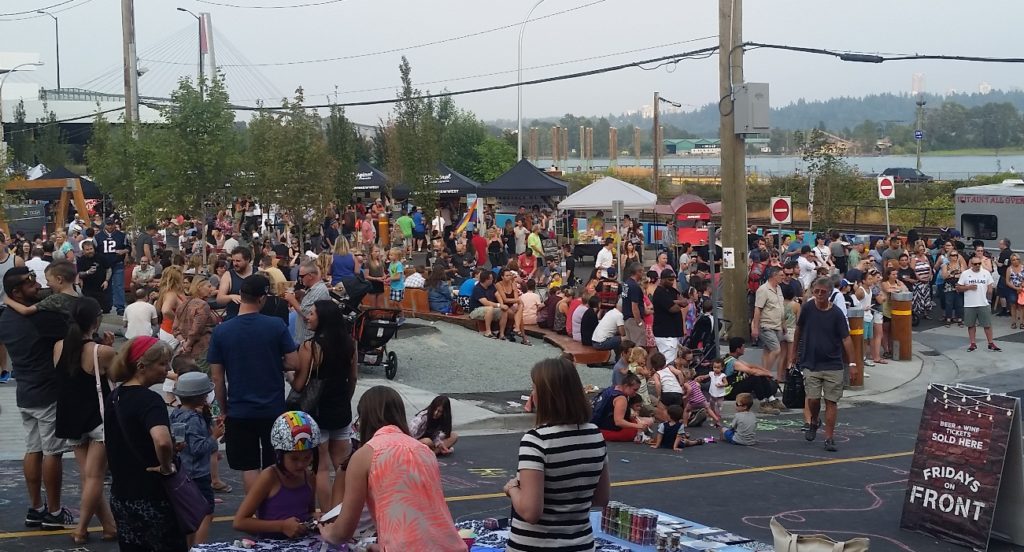

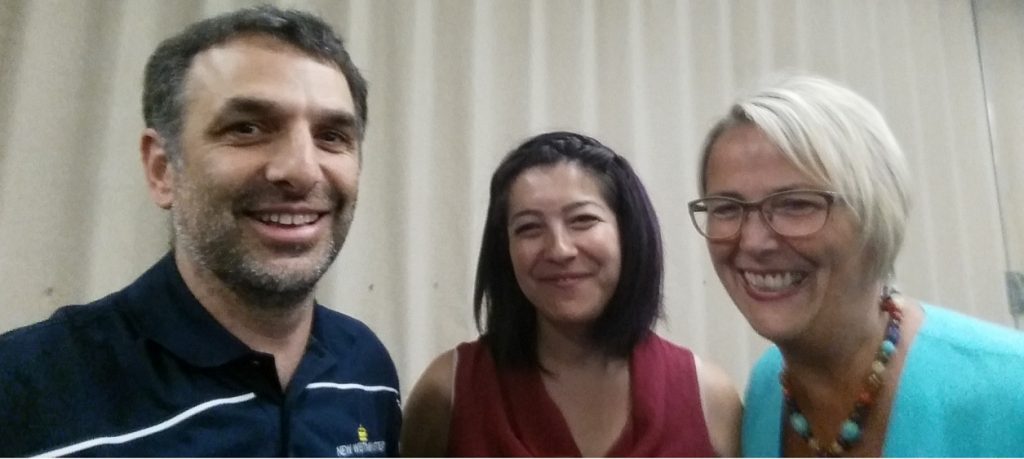 Judy Darcy saw the need for temporary support to prevent homelessness for a number of working poor in our community, and Nadine Nakagawa did so much of the work required to identify partners, get a team together, and push this project forward. Without their energy, and their passion for making New Westminster a more inclusive, sustainable community, this initiative wouldn’t have seen the light of day.
Judy Darcy saw the need for temporary support to prevent homelessness for a number of working poor in our community, and Nadine Nakagawa did so much of the work required to identify partners, get a team together, and push this project forward. Without their energy, and their passion for making New Westminster a more inclusive, sustainable community, this initiative wouldn’t have seen the light of day.